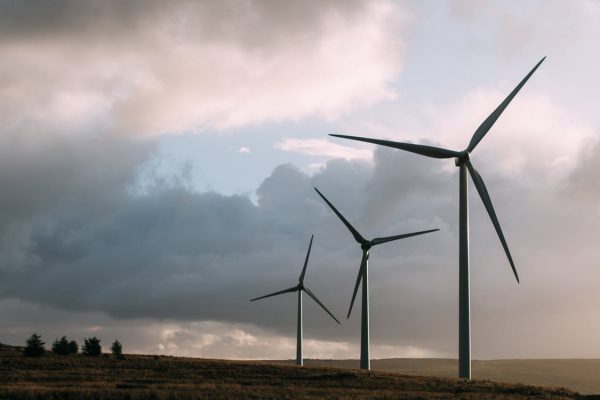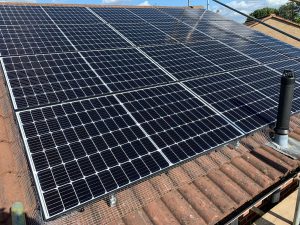Fossil fuels accounted for 27% of the EU’s electricity generation in the first half of the year, a 17% decline over the first half of 2023, with solar and wind generation on the rise.
Solar and wind generation accounted for 30% of the EU’s electricity generation in the first half of 2024, exceeding the contribution of fossil fuels in the first six months of the year.
This is according to the latest report from Ember Climate, which notes that fossil fuels accounted for 27% of the EU’s electricity generation in the first half of the year, a 17% decline over the first half of 2023. This fall was led by coal, which fell by 24%, equal to 39TWh, and gas, which fell by 14%, equal to 29TWh.
Perhaps most encouragingly, the growth in wind and solar generation matched a growth in electricity demand across the continent, suggesting that renewables power is an effective means to meet the EU’s growing energy demand. The latest report follows Ember’s publication of a study earlier this year, which showed that solar PV was the world’s fastest-growing source of electricity generation in 2023, and solar has maintained this strong pace in the first half of 2024.
The graph below demonstrates how electricity generation changed across a number of technologies, with the growth in both solar and wind generation outpacing the growth in electricity demand.
Read more: pv-tech
We are MCS Certified Solar Panel Installers. See more information on Solar Panels.
Click for more information on Battery Retrofit Storage.
For more information on Solar Panels and Battery Systems contact Tanjent Energy.






